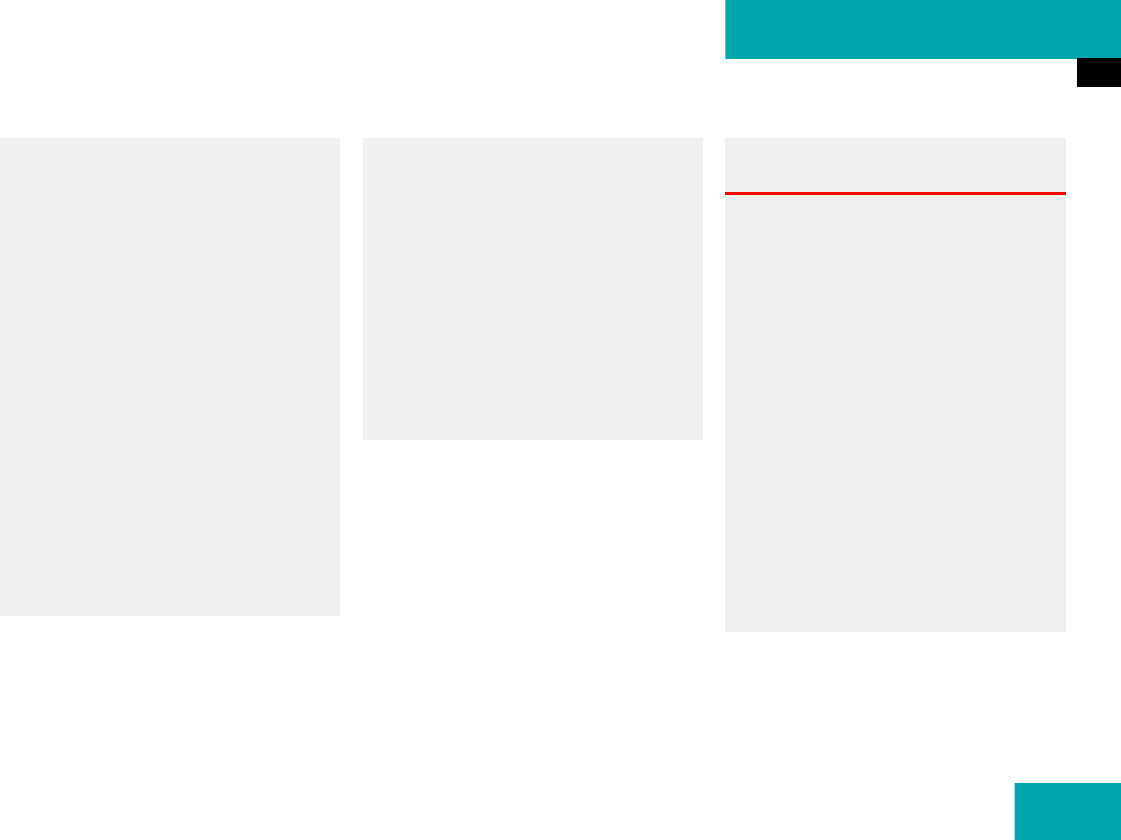
77
Safety and Security
Occupant safety
ț If you must install a rear-facing child
restraint on the front passenger seat
because circumstances require you to
do so, make sure that the
56 indicator lamp is illuminated,
indicating that the front passenger front
air bag is deactivated. Should the
56 indicator lamp not illuminate
or go out while the restraint is installed,
please check installation. Periodically
check the 56 indicator lamp
while driving to make sure the
56 indicator lamp is illuminated.
If the 56 indicator lamp goes out
or remains out, do not transport a child
on the front passenger seat until the
system has been repaired. A child in a
rear-facing child restraint on the front
passenger seat will be seriously injured
or even killed if the front passenger front
air bag inflates.
ț If you have to place a child in a
forward-facing child restraint on the
front passenger seat, move the seat as
far back as possible, use the proper
child restraint recommended for the
age, size and weight of the child, and
secure child restraint with the vehicle's
seat belt according to the child seat
manufacturer's instructions. For
children larger than the typical
12-month-old child, the front passenger
front air bag may or may not be
activated (
୴ page 79).
Warning! G
Infants and small children should never
share a seat belt with another occupant.
During an accident, they could be crushed
between the occupant and seat belt.
A child’s risk of serious or fatal injuries is
significantly increased if the child restraints
are not properly secured in the vehicle
and/or the child is not properly secured in
the child restraint.
Children too big for a toddler restraint must
ride in seats using regular seat belts. Posi-
tion shoulder belt across chest and shoul-
der, not face or neck. A booster seat may be
necessary to achieve proper belt positioning
for children from 41 lbs until they reach a
height where a lap/shoulder belt fits
properly without a booster.
୴୴


















